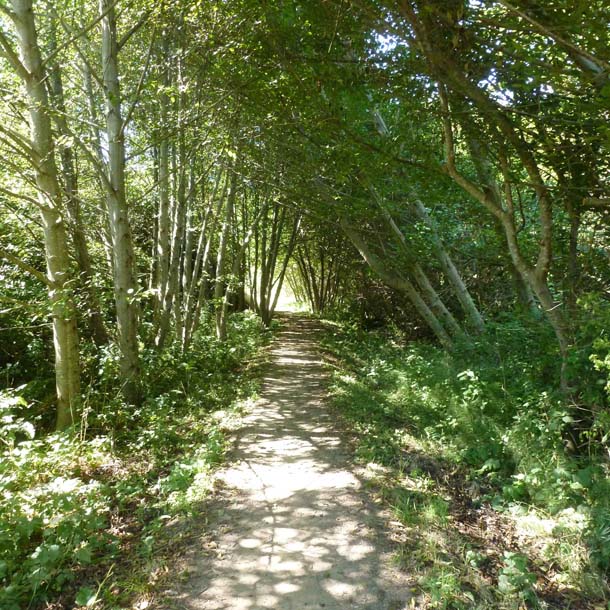“Let me keep my mind on what matters, which is my work,
which is mostly standing still and learning to be astonished.” —Mary Oliver
See this hike mapped: Muddy Hollow Trail
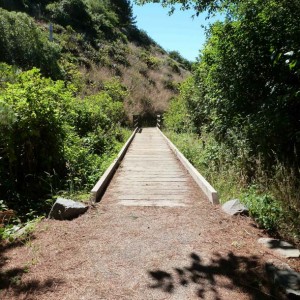
This short (1.5 mile), gentle walk follows the course of Muddy Hollow Creek from the parking lot at the trailhead downstream to the shoreline of Limantour Estero. The trail used to get flooded in the wet season when the creek overflowed its low banks, but last year the Park Service rerouted the trail and added several footbridges across some low spots, so now it is accessible year-round. Muddy Hollow is no longer muddy!
Although birds and mammals tend to siesta in mid-day heat, insects come alive.
This was a late morning stroll on a warm day, so bird activity was limited. Mammals were somewhat more active: A harem of tule elk was grazing on the ridgeline that parallels the trail, with well-endowed bull watching over the ladies. Also, a caterwauling coyote somewhere in the distance, was a rare sound so late in the morning.
The trail parallels a riparian corridor of red alder and companion wetland plants that provide shade on a warm morning like this, but sections climb the slope through coastal scrub in the direct sun. The riparian woodland is quite wide in the canyon and the trail follows the edge of the alders; it’s not too intrusive so opportunities to see and hear wildlife are enhanced.

I started the hike rather late, so by mid-morning the birds had quieted down but the insects were all abuzz. I did find a mixed flock of early migrant landbirds—insect gleaners moving through the alder/willow thickets and foraging in a patch of dried poison hemlock. Chickadees and bushtits were joined by Wilson’s Warblers, an Orange-crowned Warbler, and the least common bird in the batch, a Blue-gray Gnatcatcher.
On the walk back down Muddy Hollow, the fog had burned off and it was getting quite warm. Dragonflies and damselflies were patrolling the path, foraging for smaller insects, and butterflies were crisscrossing the trail. The large dragonfly pictured here landed long enough to allow me to catch her composed beauty.
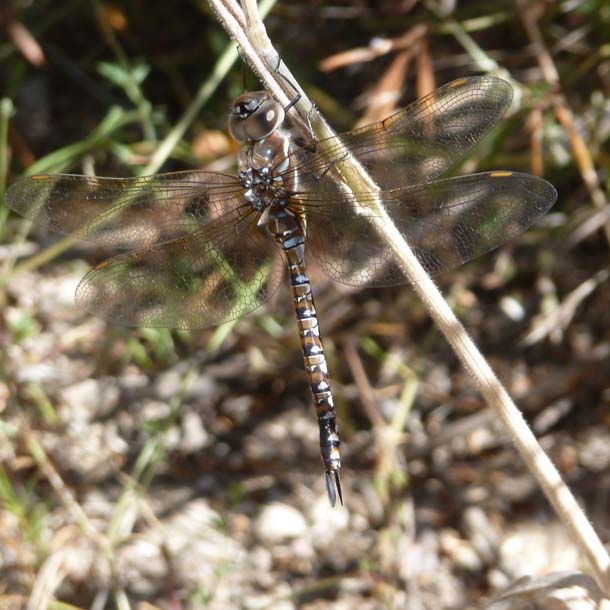
The darners are large dragonflies (this one about 3 inches) with gigantic eyes and a long abdomen that “supposedly resembles a darning needle thus giving rise to the common name” (Tim Manolis in “Dragonflies and Damselflies of California.”) The male has blue-eyes, hence the other part of the common name.
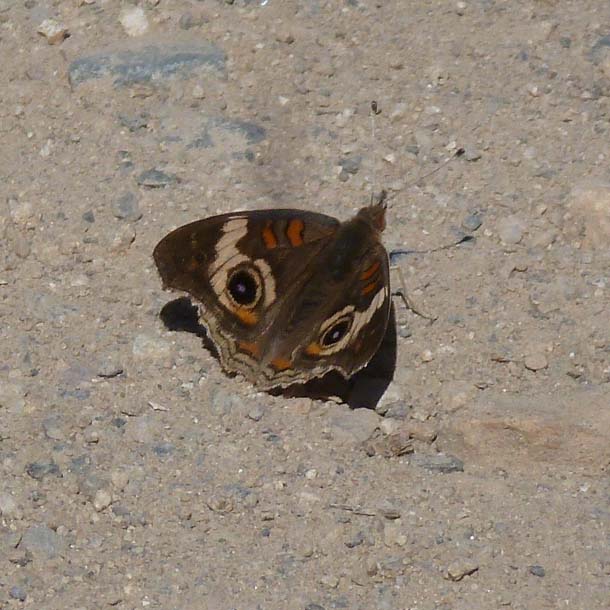
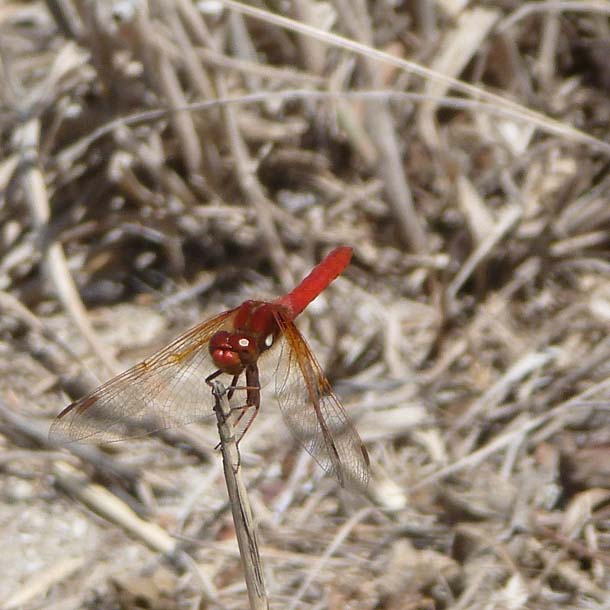
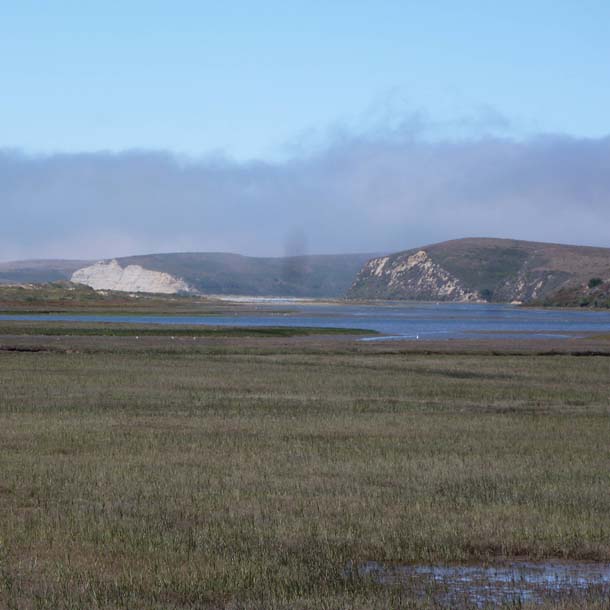
Trail notes: Muddy Hollow is no longer muddy, at least along the path. The Park completed a major rerouting of the trail in 2010, moving sections upslope and adding three bridges across some perennially damp swales. This is an easy stroll, 1.5 miles from the trailhead at the parking lot downstream along the riparian corridor. As you approach the Limantour Natural Area the trail passes a small ponded wetland then emerges along the shore of inner Limantour Estero.

